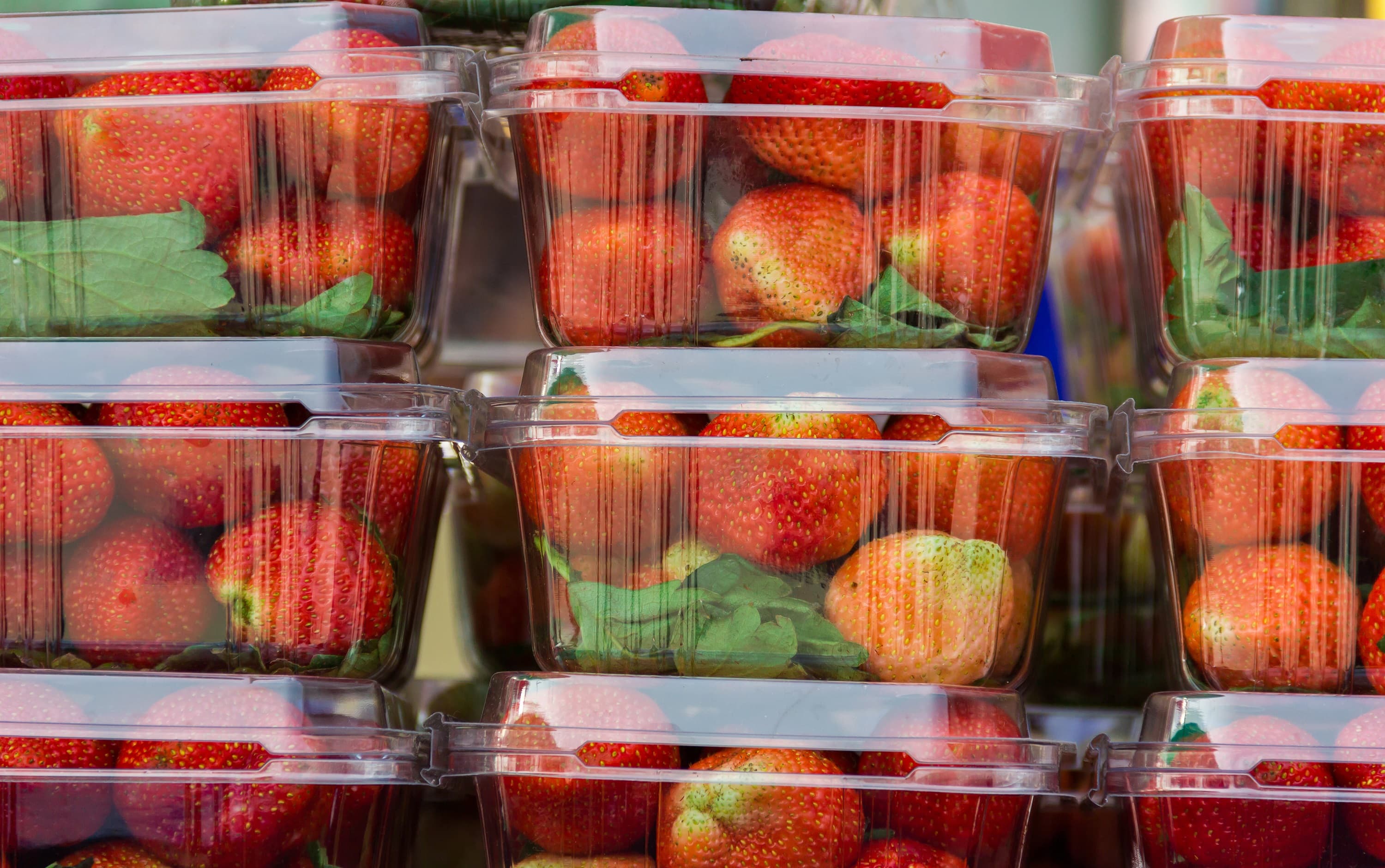International Fresh Produce Association is committed to providing members with relevant market data and insights to guide their business considerations and decisions. This paper discusses the strawberry market in the United States from November 1, 2021, to October 31, 2022. The data was collected and analyzed by Ag Tools.
During the study period, although 14 regions supplied strawberries to the U.S. market, only four regions had a significant share. The other 10 regions had very small market shares and even less volume shipped.
- Central California is the main supplier with 54.5% share
- Mexico supplies 20.5%
- Southern California provides 13.8%
- Florida contributes 10.7%
During the study period, the market grew 3.9%, from 1.3 million tons of fruit in 2021
to 1.7 million tons in 2022. This is a result of mixed performances from the
top five regions:
- Central California showed moderate 5.9% growth as its market share increased from 53.4% to 54.5%.
- Mexico volume declined 10.9%, with its market share falling from 24% to 20.6%. Mexico showed significant growth in the year prior, so this decline shows a return to more normal numbers.
- Southern California had a growth of 11.7% with a 13.8% market share.
- Florida showed the most growth, at 19.2% and a market share of 10.7%.
- The other regions, taken collectively, grew slightly.
Market distribution was typical during the study period, rising in winter and spring, peaking in summer, declining through autumn. In 2020, volume dropped in March and April because of the pandemic, and there was a very pronounced decline in July.
Traditionally, volume drops in March as Mexican production declines and distribution shifts to California’s early season. California production peaks in May
and June and declines July to October.
Mexican production begins in October each year and grows week by week, reaching its highest level between the last week of January and the first week of February. In 2020, production declined week-by-week from March to the first week of June.
For 2021 and 2022, production continued for several more weeks, until the decline began in May and the season ended in August. Production in 2021 was higher than in 2022 from March to August, a decline of almost 11%.
The most active point of entry in terms of volume is Otay, California, which handled 115,000 tons of fruit from November to August. The second busiest point of entry is Pharr, Texas, which handled 76,000 tons of fruit between October and April.
The third is Laredo, Texas, which mimics Pharr’s seasonality, but its volume reached only 27,000 tons. This is also indicates the production areas, as the fruit usually crosses the border at its closest point of entry.
Looking at prices at the Pharr crossing, the starting price typically tops $20, but it drops by December. In 2021 (red line) prices rebounded in January recovering from $12 to $20, then stabilizing until the last week of February. In the 2022 season, the price drop was later and smaller, and the season closed below $10.
When the 2022-2023 strawberry season began, initial data showed 9% less volume and higher prices than the previous year, in fact, higher than several years, which could
translate into better returns for farmers and industry.
